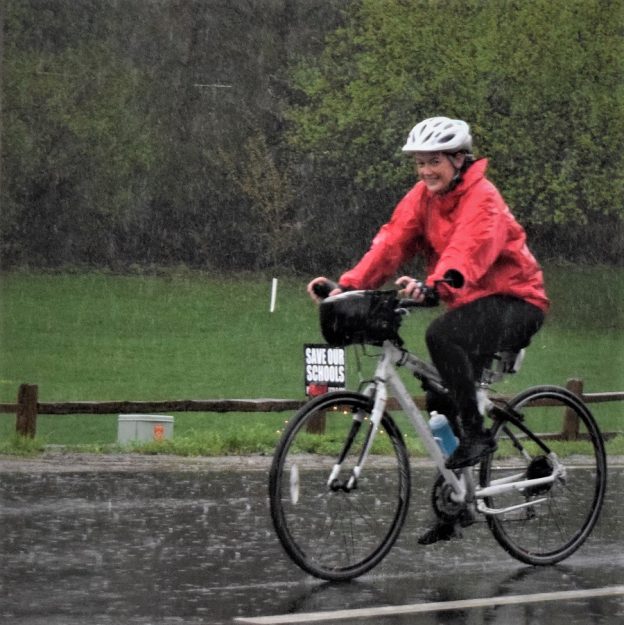Tag: bike tip for riding in cold weather
-

Cycling tips on driving your bike in inclement weather
Don’t let inclement weather stop you from biking. Cycling is one of the healthiest forms of exercise and when planned properly it can be a great activity year-round! With spring around the corner, here are some tips for staying safe. Especially at times when Mother Nature seems to throw a wrench in your plans on…
